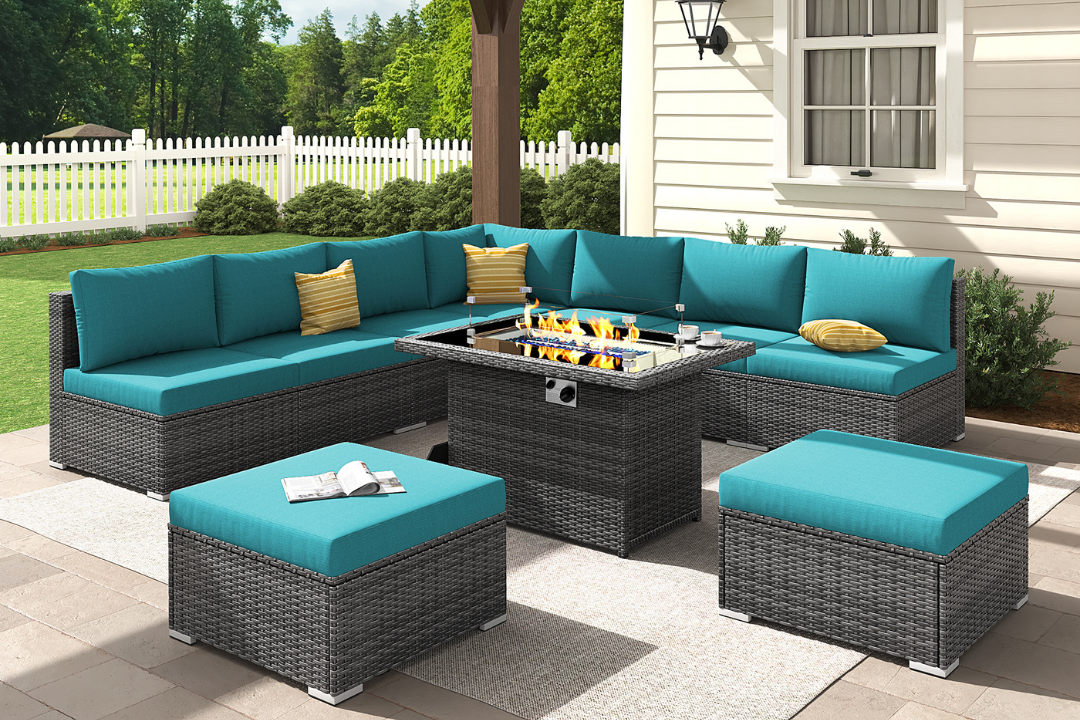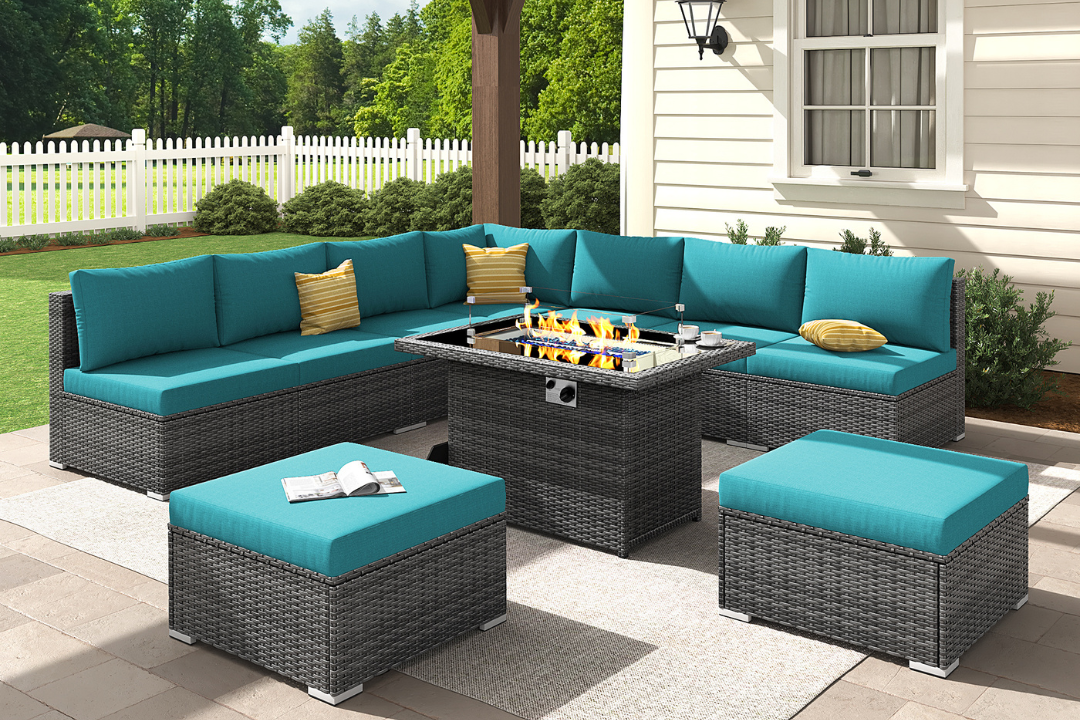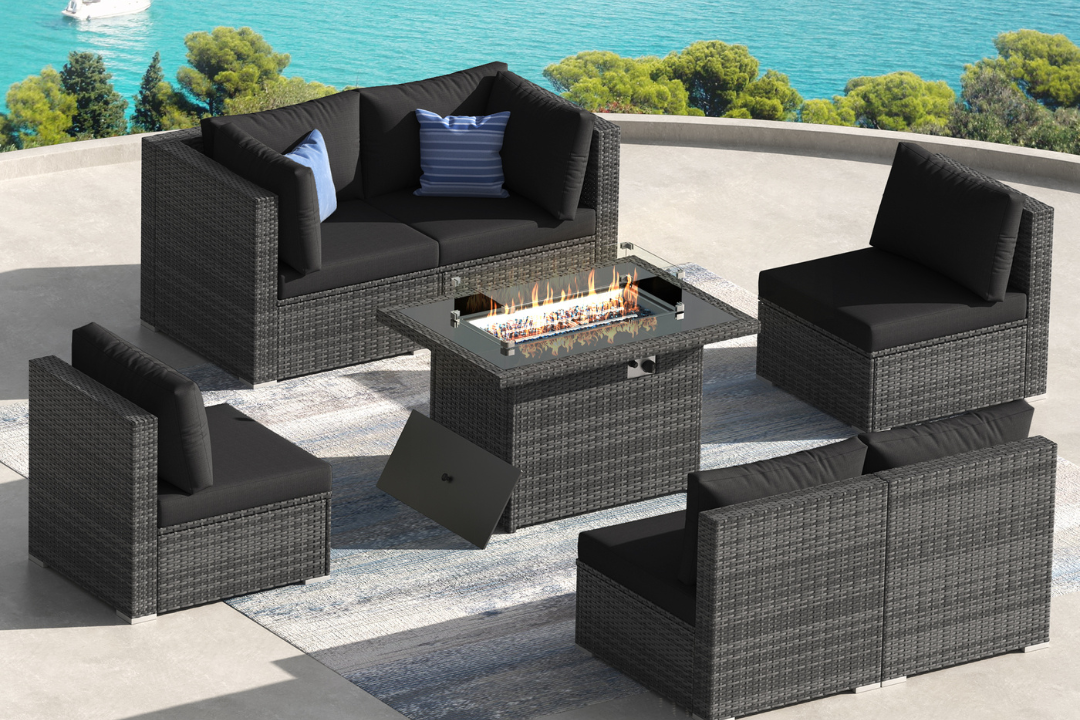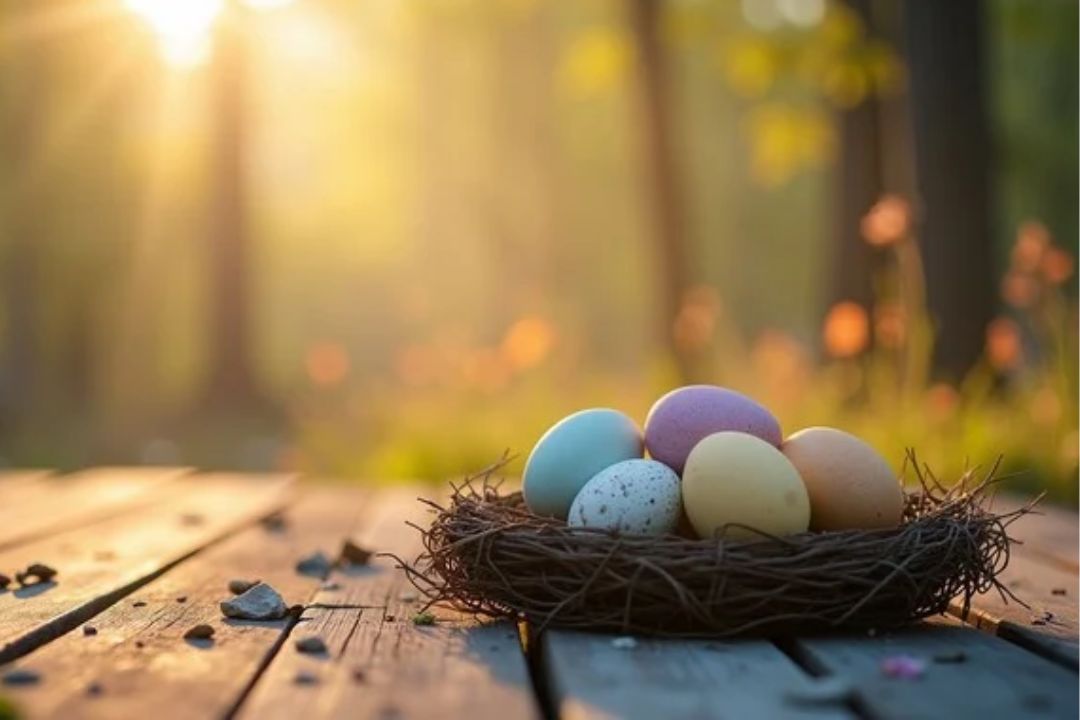How to Extend the Life of Your Outdoor Furniture in the Heat

When summer rolls in and temperatures rise across the U.S.—from the dry desert sun in Arizona to the humid air of Florida—your outdoor furniture becomes more than just a backyard accessory. It’s a key part of your lifestyle. Whether you’re enjoying sunset cocktails on a patio set in California or family barbecues on a deck in Texas, outdoor furniture brings comfort and charm to any space. But with relentless heat, harmful UV rays, and fluctuating humidity, preserving your furniture requires care and strategy.
Here’s how to extend the life of your outdoor furniture during the summer heat, backed by research and practical tips.

1. Understand the Effects of Heat on Different Materials
Not all outdoor furniture is created equal. Understanding how materials react to heat can help you choose wisely and maintain them properly.
● Rattan (Wicker/PE Rattan)
-
Synthetic rattan like PE (polyethylene) is UV-resistant and better suited for summer. It resists cracking and fading.
-
Natural rattan, while beautiful, is prone to drying out and becoming brittle in extreme heat.
-
Tip: Avoid placing rattan furniture in direct sun for long periods. Use covers or shade to prevent UV damage.

● Aluminum
-
Lightweight, rust-resistant, and very popular across the U.S.
-
Reflects heat but can become hot to the touch.
-
Tip: Use cushions made from UV-resistant fabric to reduce direct contact with hot surfaces.
● Teak and Other Hardwoods
-
Teak contains natural oils that make it resistant to weather, insects, and mildew.
-
However, UV exposure can lead to graying and surface cracking over time.
-
Tip: Apply a teak sealer once or twice a year. Keep in shaded areas when not in use.
● Steel and Iron
-
Durable and sturdy, but can heat up significantly and rust without proper care.
-
Tip: Use powder-coated versions and keep them dry and covered when possible.
2. Use Protective Covers – Even in Dry Climates
According to a 2024 consumer report by the American Home Furnishings Alliance (AHFA), outdoor furniture that is covered when not in use lasts 40–60% longer on average than furniture left exposed year-round.
Choose breathable, UV-resistant covers that:
-
Prevent fading
-
Block dust and debris
-
Repel moisture while allowing air circulation
Pro tip: Avoid plastic tarps—they can trap humidity and encourage mold growth.
3. Place Furniture Strategically
Where you place your furniture matters just as much as what it's made of. Consider:
-
North or east-facing patios to reduce direct sun exposure during peak heat.
-
Pergolas, umbrellas, or shade sails to deflect UV rays.
-
Concrete vs. grass surface – Concrete reflects more heat upward, potentially stressing furniture materials.
In fact, the EPA notes that heat reflected from surfaces like concrete or light-colored decks can increase ambient temperature by up to 10°F, accelerating material degradation.
4. Clean Regularly with the Right Products
A biweekly cleaning routine can go a long way:
-
Use mild soap and water—avoid bleach or harsh chemicals.
-
For metal parts, a soft cloth and diluted vinegar mix helps remove oxidation.
-
Use a soft-bristled brush to remove debris from rattan or wicker.
Important: Always dry furniture thoroughly after washing to prevent mold and corrosion.

5. Invest in UV-Resistant Fabrics
The average patio cushion fades by up to 35% in color intensity after just 2 months of full sun exposure (according to a study by Textile Research Journal, 2023).
To prevent this:
-
Choose fabrics like Sunbrella, Olefin, or Solution-Dyed Acrylics—known for their fade resistance.
-
Store cushions in a deck box or inside your home when not in use.

6. Apply UV-Protective Coatings
Especially for wood and plastic:
-
Wood sealers with UV inhibitors extend the lifespan of teak, acacia, and eucalyptus.
-
Plastic protectant sprays reduce brittleness and color fading.
Apply every 6–12 months depending on the product and local climate.
7. Store Furniture During Extreme Heat Waves
While outdoor furniture is made to withstand the elements, extreme heat spikes (above 100°F) can warp, fade, or stress materials prematurely. When heatwaves are forecasted:
-
Move furniture into shaded garages, sheds, or covered patios.
-
Stack or fold pieces neatly to reduce surface exposure.
Even short-term protection can add 1–2 years of use to a set.
8. Use Rugs and Underlays to Protect Frames
Placing outdoor rugs under furniture not only adds aesthetic value but also:
-
Reduces heat transfer from decks and patios.
-
Prevents scuffs and surface heat damage on metal or wood legs.
Look for UV-resistant and mold-proof outdoor rugs for durability.
Conclusion: Long-Lasting Comfort Starts with Smart Maintenance
Your outdoor furniture is an investment in your lifestyle—and with proper summer care, it can last for many seasons of sunshine, barbecues, and relaxation. By choosing the right materials, shielding your furniture from the elements, and maintaining a simple care routine, you’ll extend its life dramatically, saving money and enhancing your outdoor living experience.

🔹 About Nicesoul Furniture
Established in 2012, Nicesoul Furniture is a high-end outdoor furniture brand available on Amazon, Walmart, Home Depot, and Wayfair. Specializing in premium rattan patio sets, egg chairs, swing chairs, and oversized rocking chairs, Nicesoul combines elegant design with durable performance. With over $30 million in annual sales and thousands of satisfied customers across the U.S., we are proud to deliver long-lasting comfort for every outdoor lifestyle.




Leave a comment